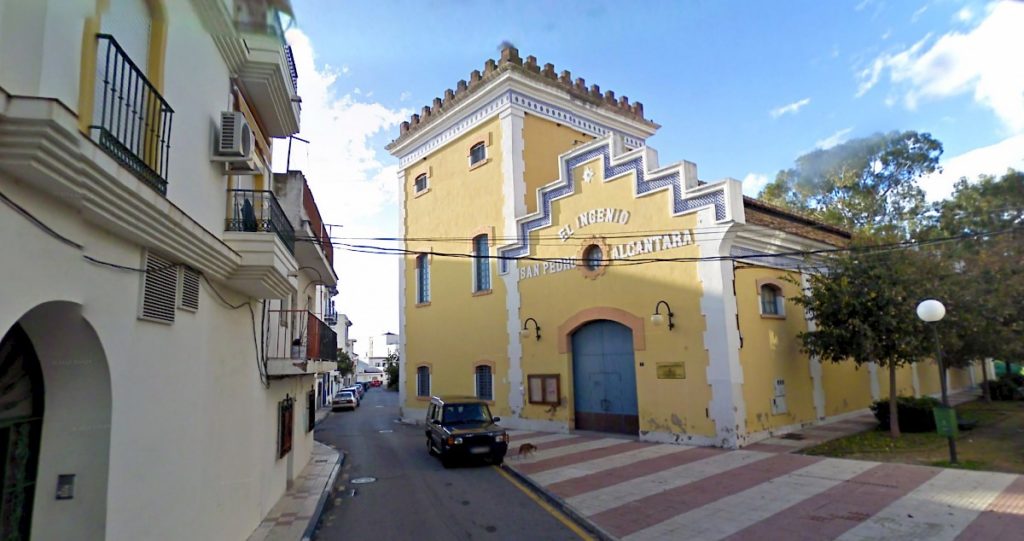 Tucked away at the top of San Pedro’s boulevard is a piece of history preserved from the late nineteenth century, hinted at by the stylish Restaurante 1870. If you have had the fortune to dine here, you may have noticed the large silver silos that overhang the main dining space, and have speculated what purpose they served. The staff will helpfully inform you that this building was in fact part of the sugar industry that was the main employer in the region towards the end of the 1800s.
Tucked away at the top of San Pedro’s boulevard is a piece of history preserved from the late nineteenth century, hinted at by the stylish Restaurante 1870. If you have had the fortune to dine here, you may have noticed the large silver silos that overhang the main dining space, and have speculated what purpose they served. The staff will helpfully inform you that this building was in fact part of the sugar industry that was the main employer in the region towards the end of the 1800s.
The Marqués del Duero, for whom the main San Pedro high street is named, exerted a great influence on the area. He introduced innovative farming techniques that he disseminated via a farm school, offering workers conditions that were far superior to those generally experienced at the time.
Facilitating this agricultural advancement, a modern system of irrigation was constructed, comprising a network of small dams that made cultivation possible on 10,000 hectares of previously barren land. Such innovations transformed the sugar cane estate, establishing it as a high-yielding successful venture and bringing prosperity to the area.
In addition, the Marqués constructed a sugar mill to avoid the cost and time of transporting the cane to Málaga. The building, which was located next to the main route between Cádiz and Málaga, was known as La Alcoholera, and housed distilling equipment to produce alcohol and high quality local Muscatel wine. Though renovation work was started with a view to converting the building into a local community centre with facilities for the performing arts, the project appears to have stalled for now.
El Ingenio, however, remains a delightful part of San Pedro Alcántara’s past, shedding light on a surprisingly modern piece of local history that can still be sensed when you walk the streets of this ‘rural’ corner of San Pedro.
Image courtesy of: n-340.org
